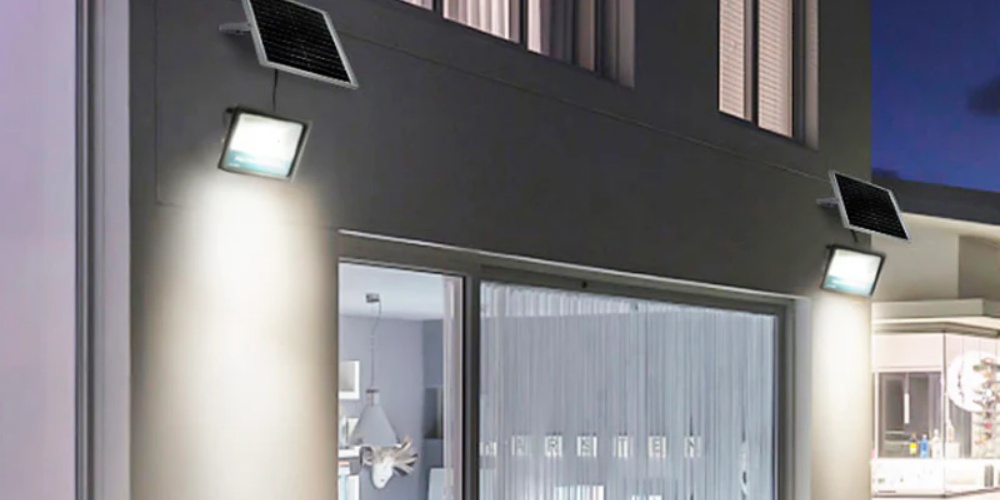Exploring the Technology Behind Solar Flood Lights
Solar flood lights are a marvel of modern engineering, incorporating cutting-edge technology to deliver reliable and eco-friendly illumination for outdoor spaces. These lights work successfully under a variety of settings thanks to a combination of advanced technologies and components that are specifically engineered to capture solar energy. Solar flood lights’ technology not only improves their functionality but also highlights how important they are becoming to sustainable energy solutions.
The photovoltaic panel is the cornerstone of solar powered flood light technology. These panels ultilize semiconductor materials, typically silicon, to convert sunlight into direct current electricity through the photovoltaic effect. Advances in PV technology have significantly increased the efficiency of these panels, enabling them to capture more solar energy even in low-light environments. This efficiency id crucial for ensuring that the solar flood lights can store sufficient energy during the day to provide consistent illumination throughout the night.
Energy storage is another critical aspect of SLD solar flood lamps technology. The electrical energy generated by the PV panels is stored in high-capacity batteries, commonly lithium-icon, known for their durability, fast charging capability, and long operational life. These batteries are designed to store enough energy to power the flood lights overnight, even during cloudy or rainy days. The inclusion of smart battery management systems further enhances the reliability of these outdoor solar lights by optimizing charging cycles and extending battery life.

The use of LED technology is integral to the energy efficiency and longevity of solar flood lights. LEDs are highly efficient, consuming less power while providing bright, consistent illumination. Their low energy consumption means that more of the stored solar energy can be used to power the lights for extended periods, making them ideal fro overnight use. Additionally, LEDs have a long lifespan and produce minimal heat, reducing energy waste and improving the overall durability of the lighting system.
Solar flood lights are also equipped with advanced control systems that add to their functionality and user convenience. These systems often include sensors that detect ambient light and motion, allowing the lights to automatically activate at dusk and deactivate at dawn or when no motion is detected. More advanced models may offer remote control and programmable settings, enabling users to customize the lighting according to their specific needs. This level of control ensures that solar flood lights are not only energy-efficient but also adaptable to various environments and user preferences.